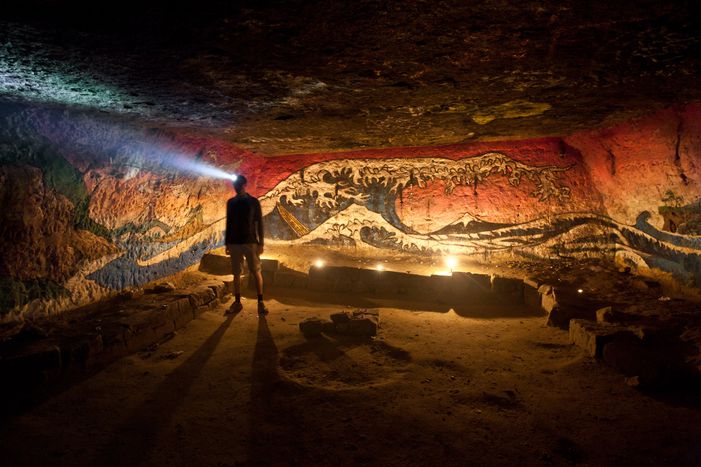
Metros and catacombs: exploring underground Paris (22 images)
Published on
Translation by:
Matthew DykesBeneath Parisian feet lies a parallel world; exploring it is a veritable back-to-the-future experience. Medieval quarries lead to the 'metropolitain' tube network, which was created in 1900, via huge Hausmannian construction sites. Under Napoleon's rule, mushrooms started to be cultivated in the catacombs, yet it feels like the whole underground has given birth to the real city of light we know and love today: it's one big hidden mushroom pushing its secrets upwards, but not too far to be revealed
In partnership with the Paris-based Franco-German office for journalists (Ofaj), this article is a part of Orient Express Tripled, cafebabel.com’s ‘return journey’ series of articles with journalists resident in the Balkans, Turkey, Franceand Germany


Inaugurated en 1900, the 'metropolitan' transport system of Paris is one of the oldest in the world. Pictured, passengers in the centre of the French capital (Image: © Julien Faure for Orient Express Tripled by cafebabel.com)
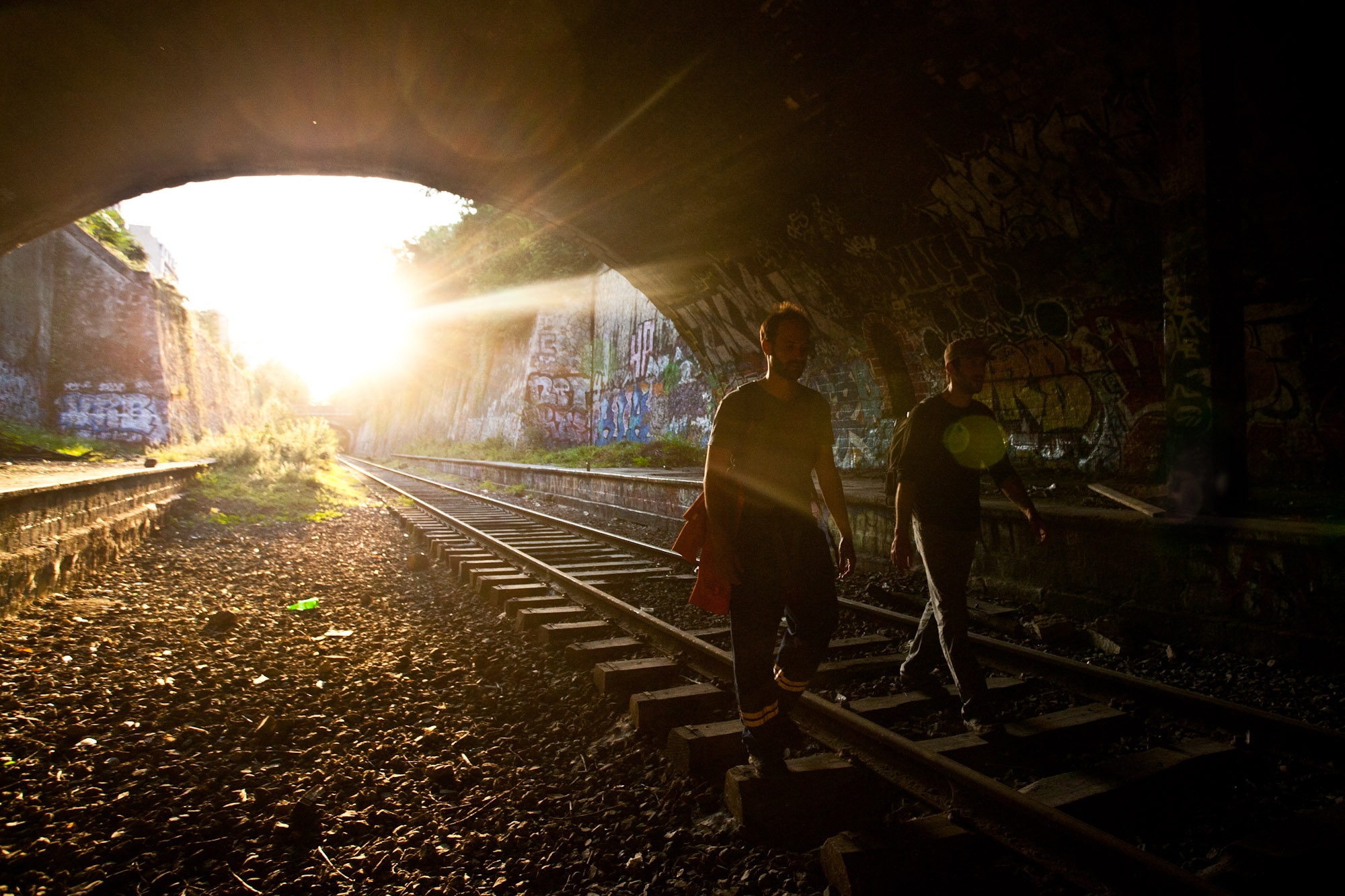
On a disused railway line, two ‘cataphiles’ (urban explorers who tour the Paris catacombs) approach an entrance to the ‘unofficial catacombs’ - as opposed to the official ones, which are open to the public (Image: © Julien Faure for Orient Express Tripled by cafebabel.com)
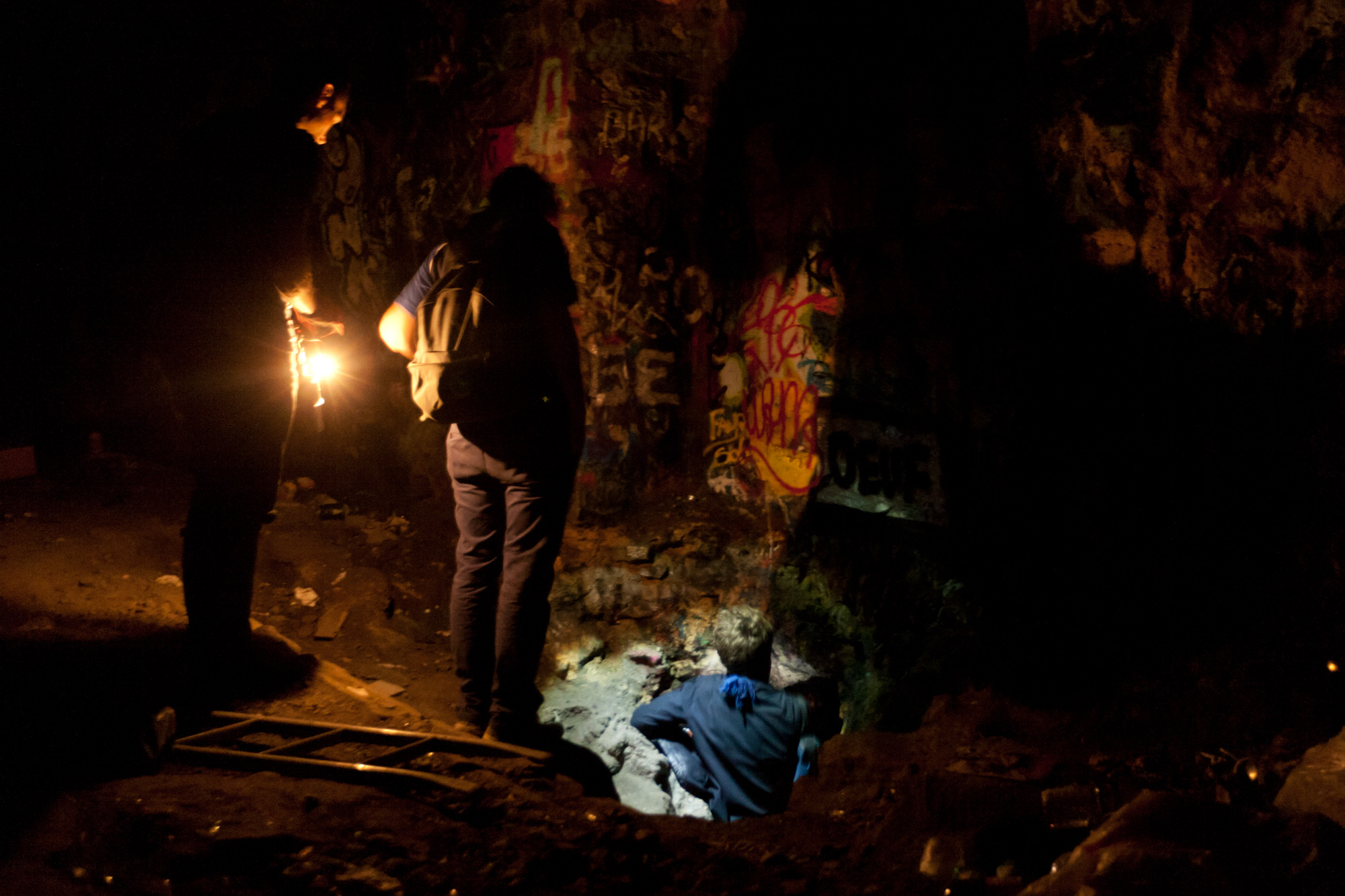
The way in is through a narrow hole dug into the concrete. The catacombs reveal ancient quarries, where stone was mined and used in the construction of many buildings in Paris (Image: © Julien Faure for Orient Express Tripled by cafebabel.com)
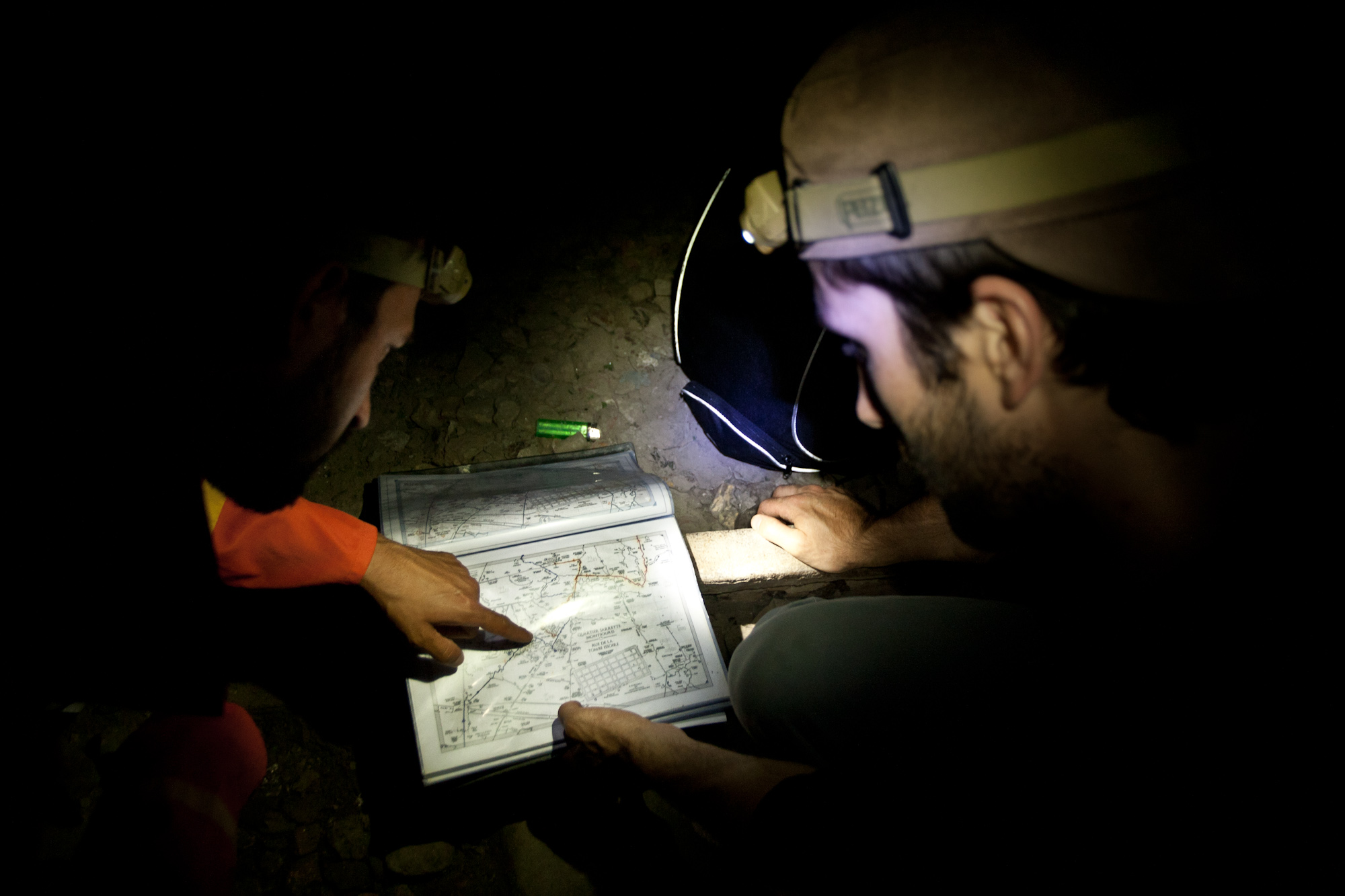
Navigating the narrow catacombs is not easy, and exploring them is risky. Those going down for the first time must be accompanied by an experienced guide (Image: © Julien Faure for Orient Express Tripled by cafebabel.com)
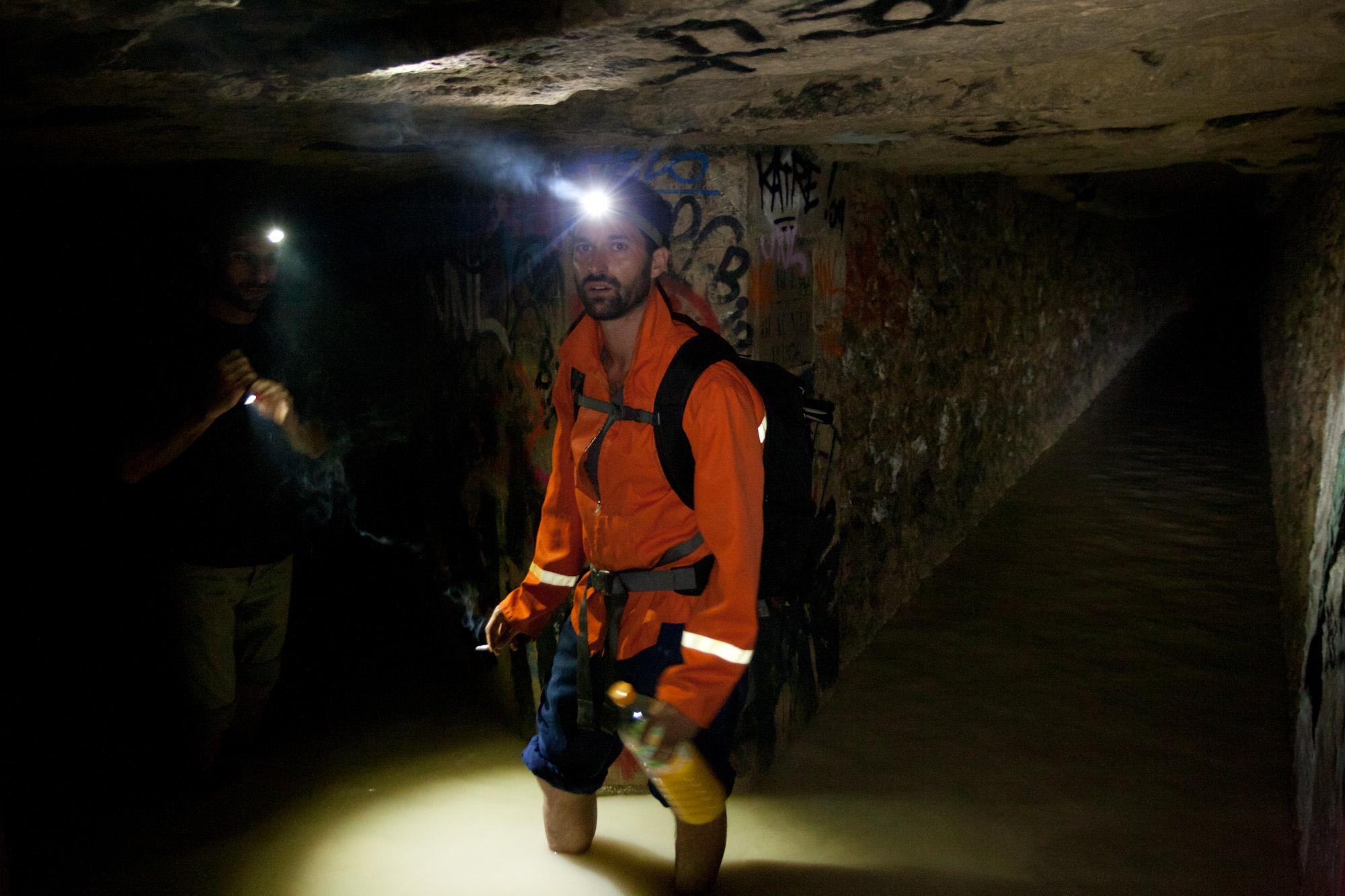
In places, the water level can rise up to 80cm. Sometimes, the only way to get around is on all fours. You won’t see any rats down here: the catacombs are completely separate from the sewer system (Image: © Julien Faure for Orient Express Tripled by cafebabel.com)
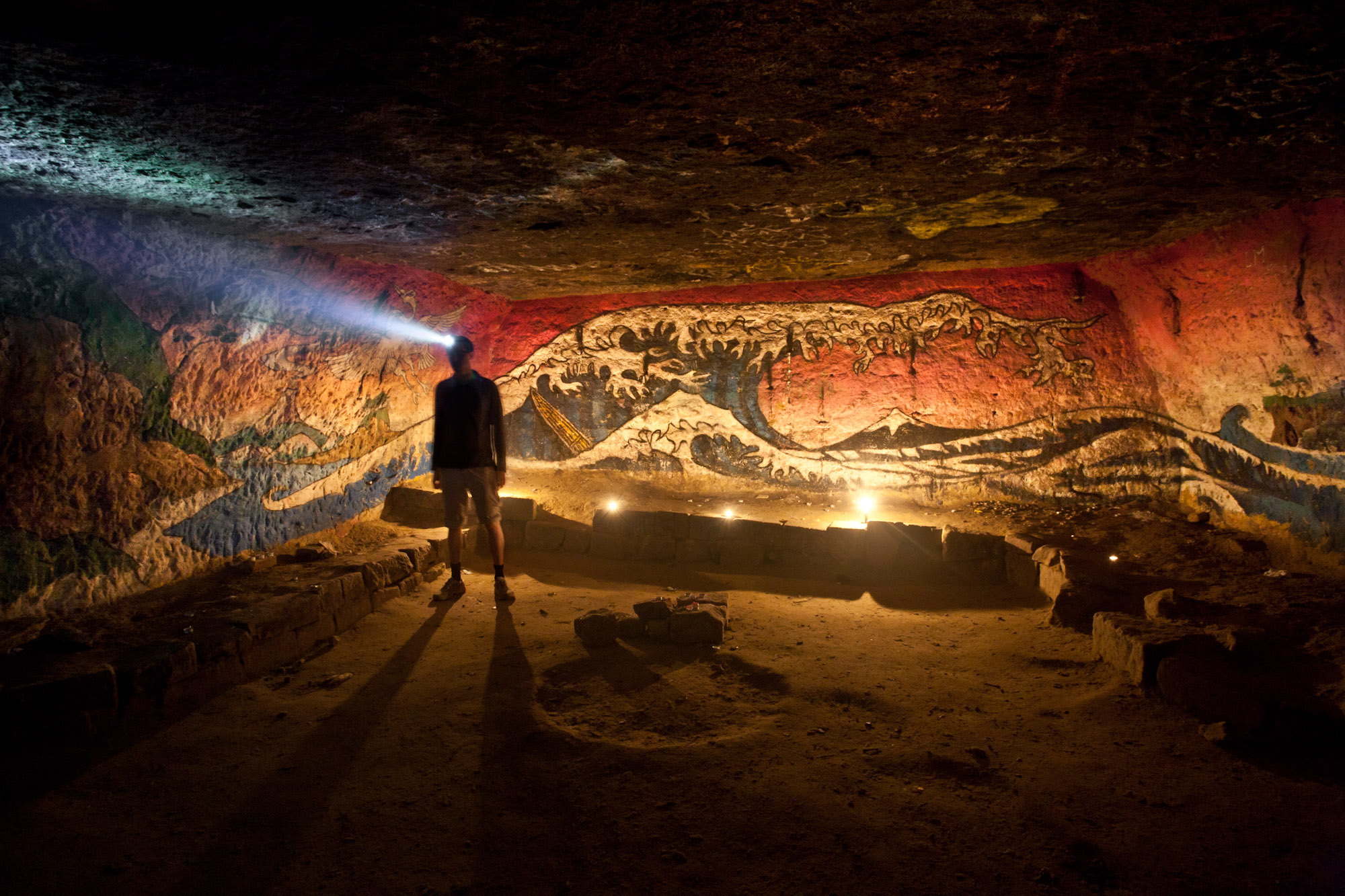
Inspired by Hokusai's Japanese prints, ‘the wave’ was painted in the 1980s. It is one of the most famous frescoes in the catacombs, and is regularly restored. The cave where it is situated is known as ‘la Plage’ (the beach), and gets its name from the sandy soil (Image: © Julien Faure for Orient Express Tripled by cafebabel.com)

Wellies, dirty jeans, and overalls are the uniform of most cataphiles. For purists, only a specialised caving suit will do. Their equipment generally consists of food, water, candles, and occasionally a helmet (Image: © Julien Faure for Orient Express Tripled by cafebabel.com)
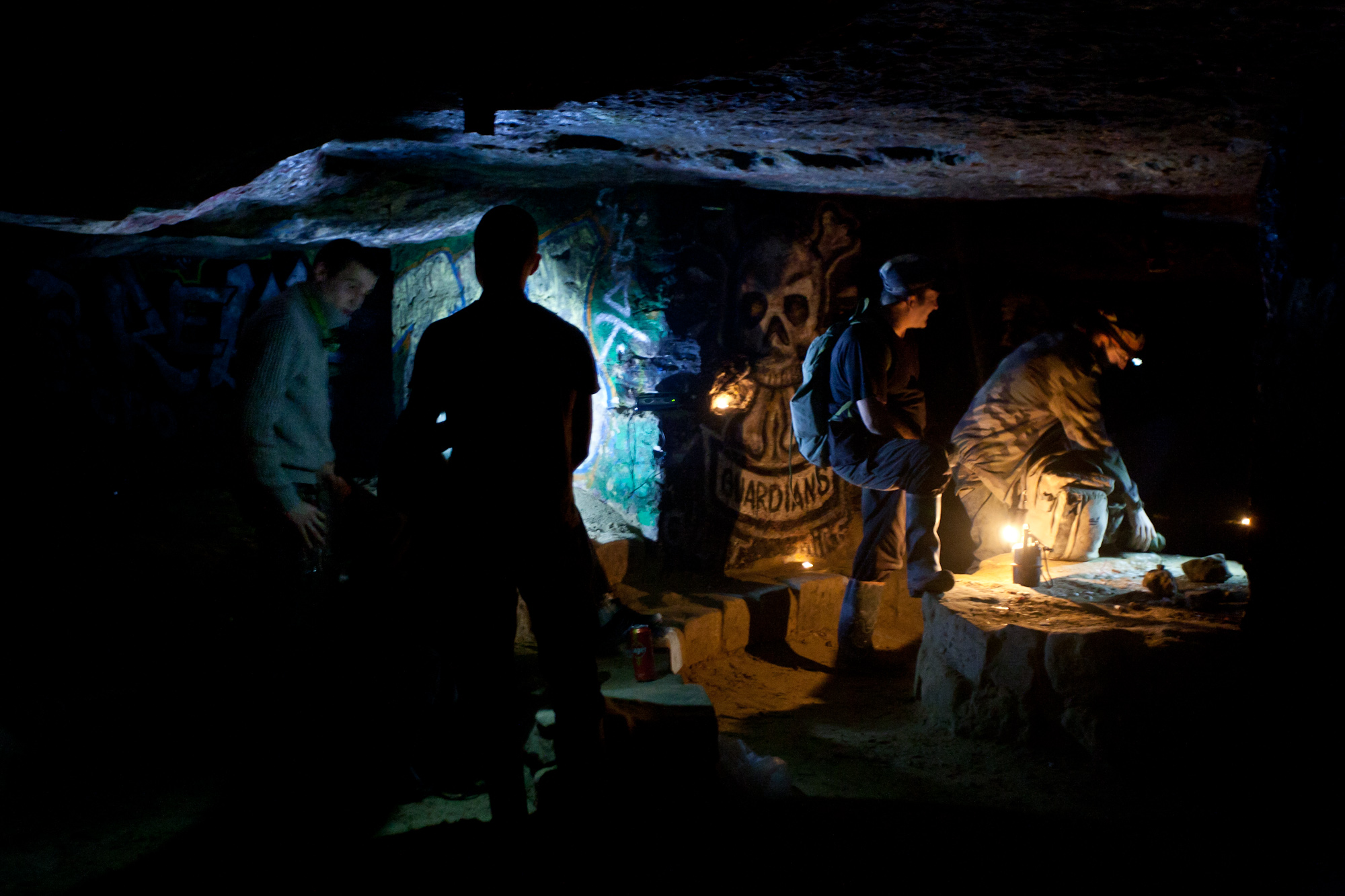
Cataphiles each have their own reasons for pursuing their hobby. Some come to escape the stress of daily life and relax amongst friends, some are fascinated by the history, and some just love to explore. Get-togethers, which attract hundreds of people, are regularly organised (Image: © Julien Faure for Orient Express Tripled by cafebabel.com)
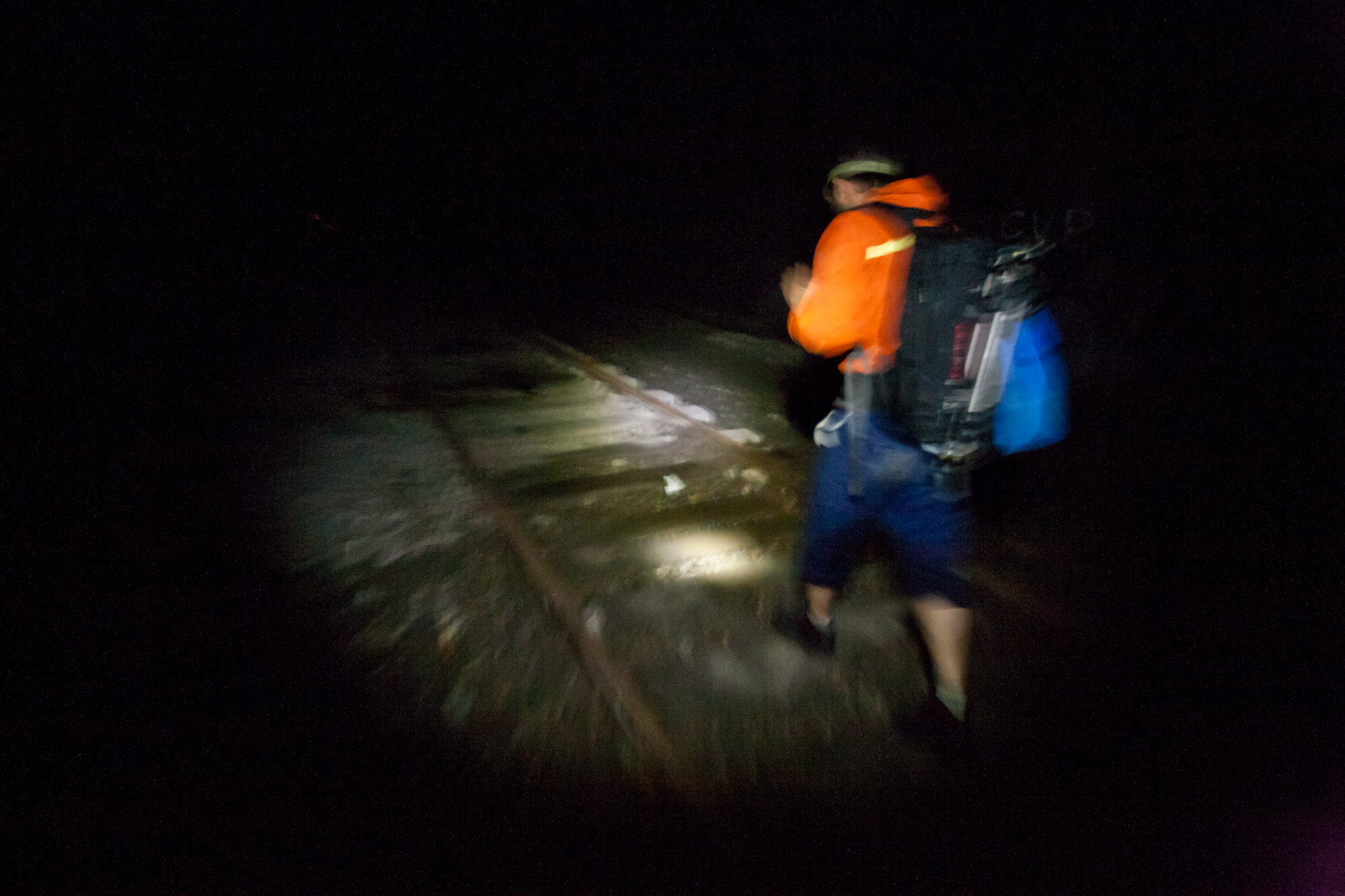
It’s 2am. For some, the catacombs are an addiction. Once you start to explore them, it can be difficult to stop (Image: © Julien Faure for Orient Express Tripled by cafebabel.com)

The catacombs contain the remains of six million Parisians. They are home to the municipal ossuary, situated 20 metres underground (Image: © Julien Faure for Orient Express Tripled by cafebabel.com)
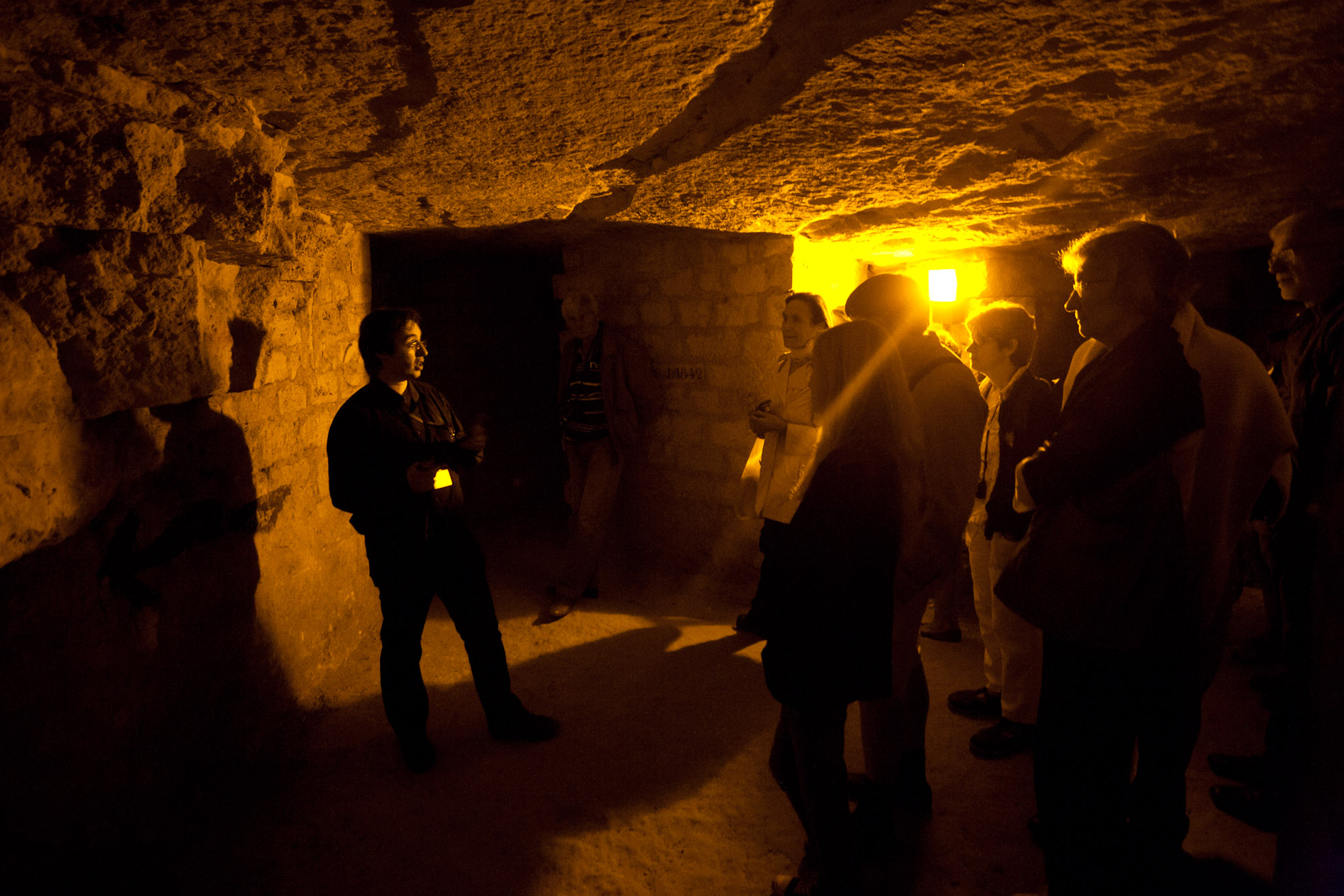
Beneath the Cochi hospital, in Paris’ 14th arrondissement, Jean-Luc accompanies some curious cataphiles around the medieval ‘Capucins’ quarry (Image: © Julien Faure for Orient Express Tripled by cafebabel.com)

Mining in the area probably started in the 12th century. At that time, the quarries were situated on the outskirts of the city. The stone extracted was used in the construction of the Pont Neuf, as well as the Notre Dame cathedral (Image: © Julien Faure for Orient Express Tripled by cafebabel.com)
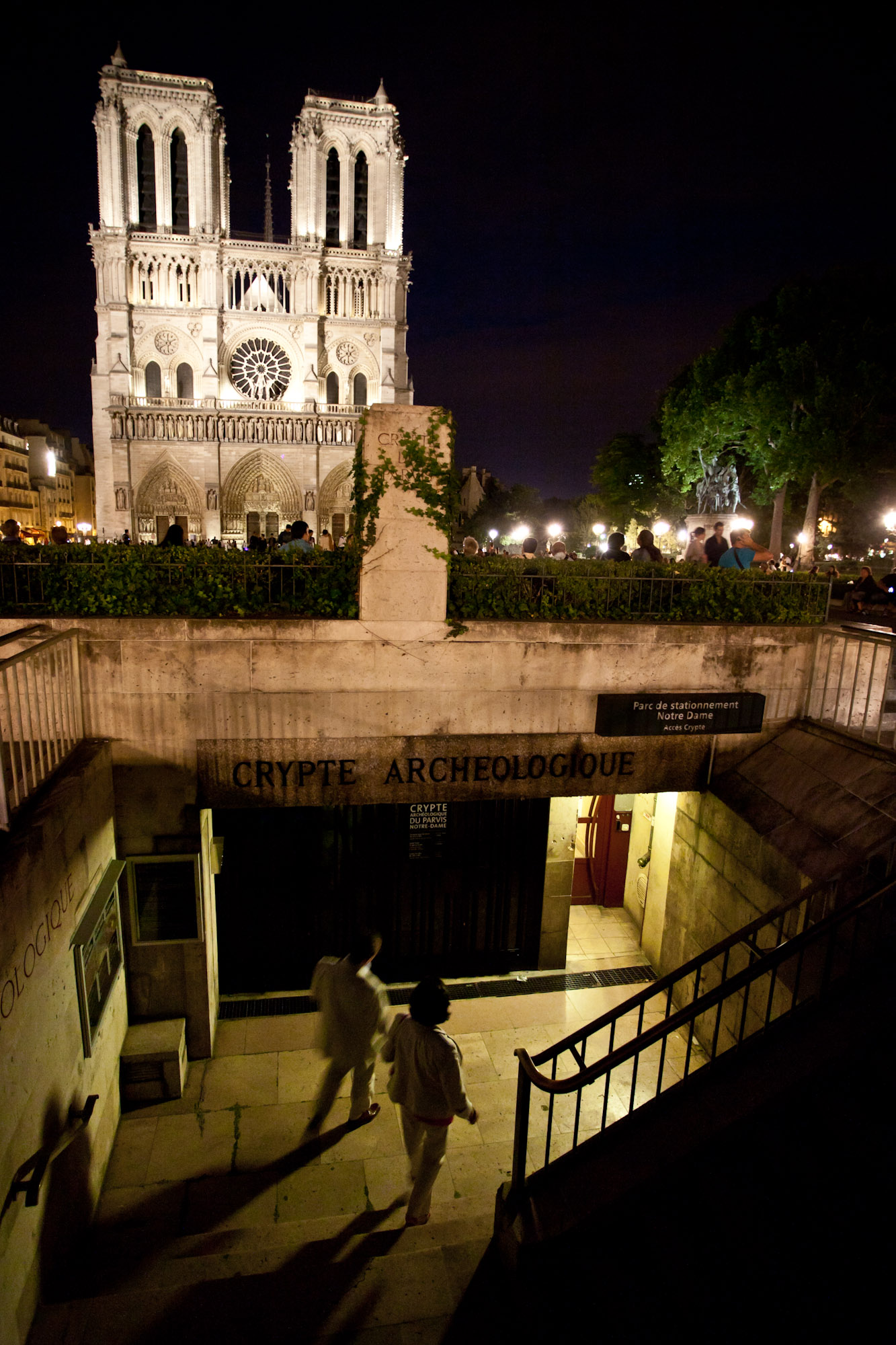
Entrance to the crypt and underground car park underneath the parvis of Notre-Dame cathedral. Centuries of history are hidden underneath the parvis, or square, in front of the famous monument made famous by Victor Hugo's nineteenth century novel for some (Image: © Julien Faure for Orient Express Tripled by cafebabel.com)
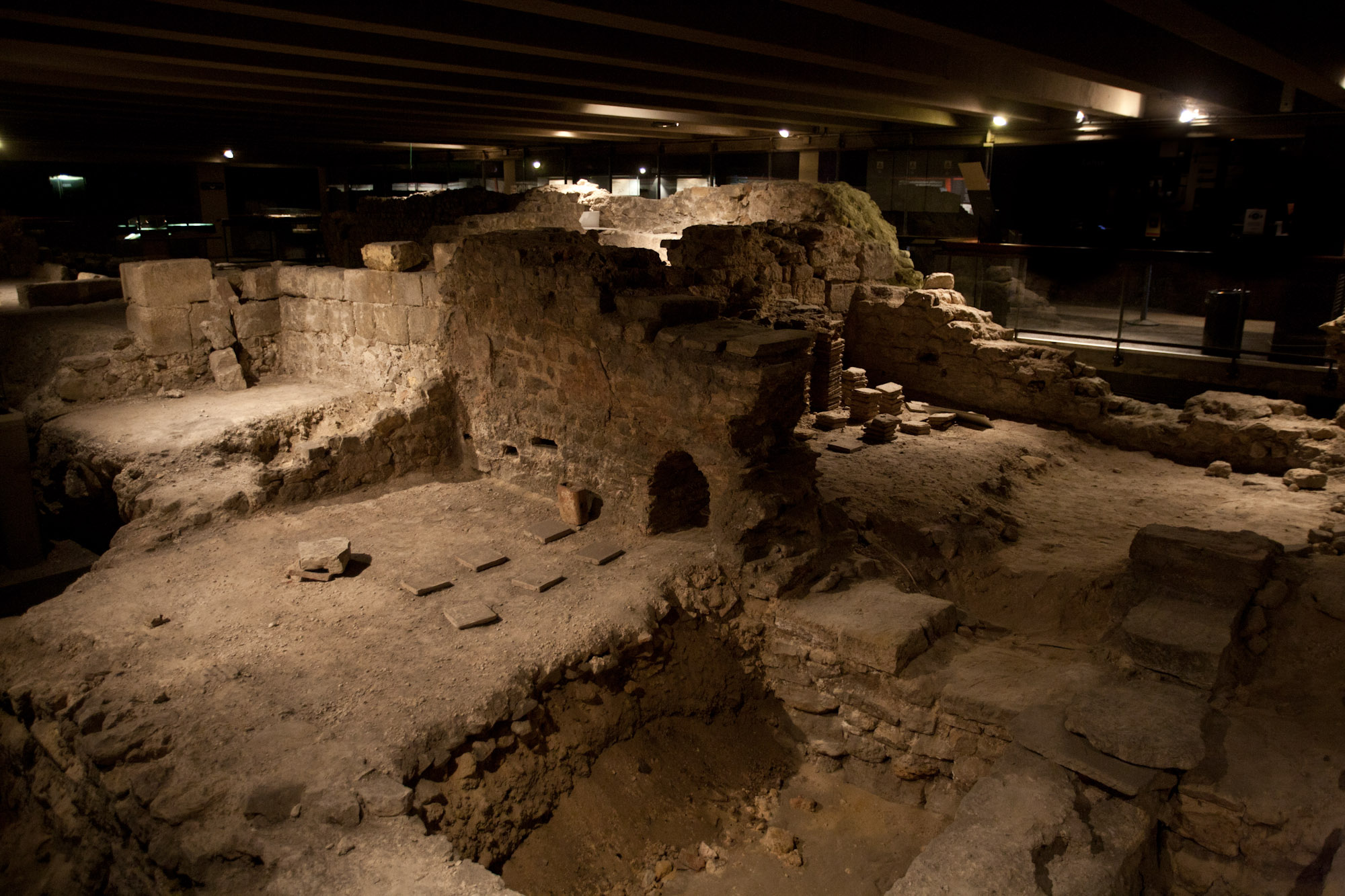
Archaeological crypt beneath Notre-Dame. The ruins of Roman baths, dating from the 4th century, were restored when the car park was built (Image: © Julien Faure for Orient Express Tripled by cafebabel.com)

Cité metro station; not far from Notre-Dame, Cité station links the island or l’île de la Cité to both sides of the river Seine. The station was built in 1910, and is on the 'purple' line 4 (Image: © Julien Faure for Orient Express Tripled by cafebabel.com)

Situated 36 metres underground, Abbesses station is the deepest in Paris. It is situated on the 'dark green' line 12, in Montmartre, in Paris’ 18th arrondissement or district (Image: © Julien Faure for Orient Express Tripled by cafebabel.com)
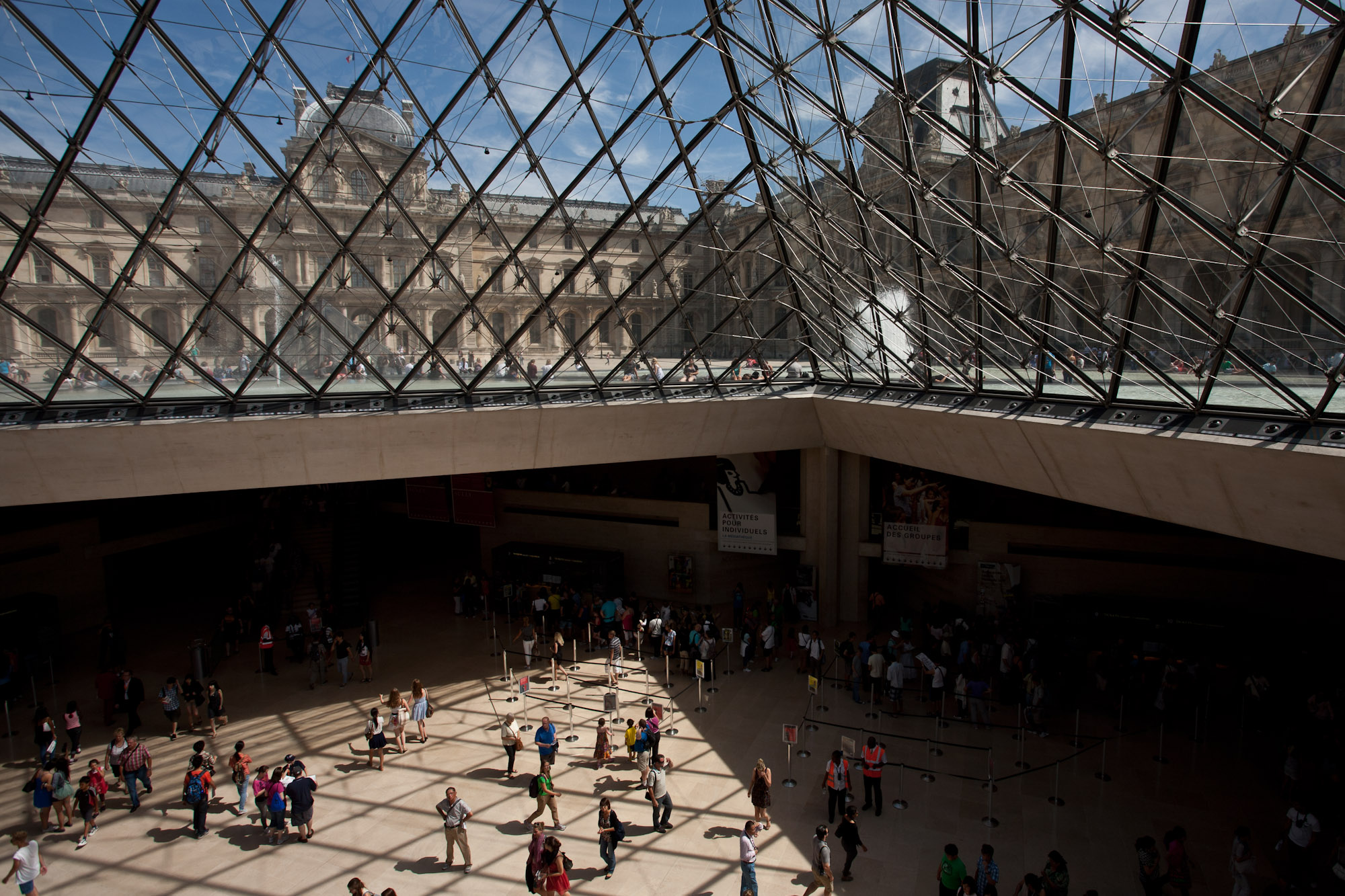
The completion of the glass pyramid in 1989 allowed daylight into the Louvre museum’s basement (Image: © Julien Faure for Orient Express Tripled by cafebabel.com)

In the 13th century, King Philip Augustus built the Louvre fortress to protect Paris (Image: © Julien Faure for Orient Express Tripled by cafebabel.com)
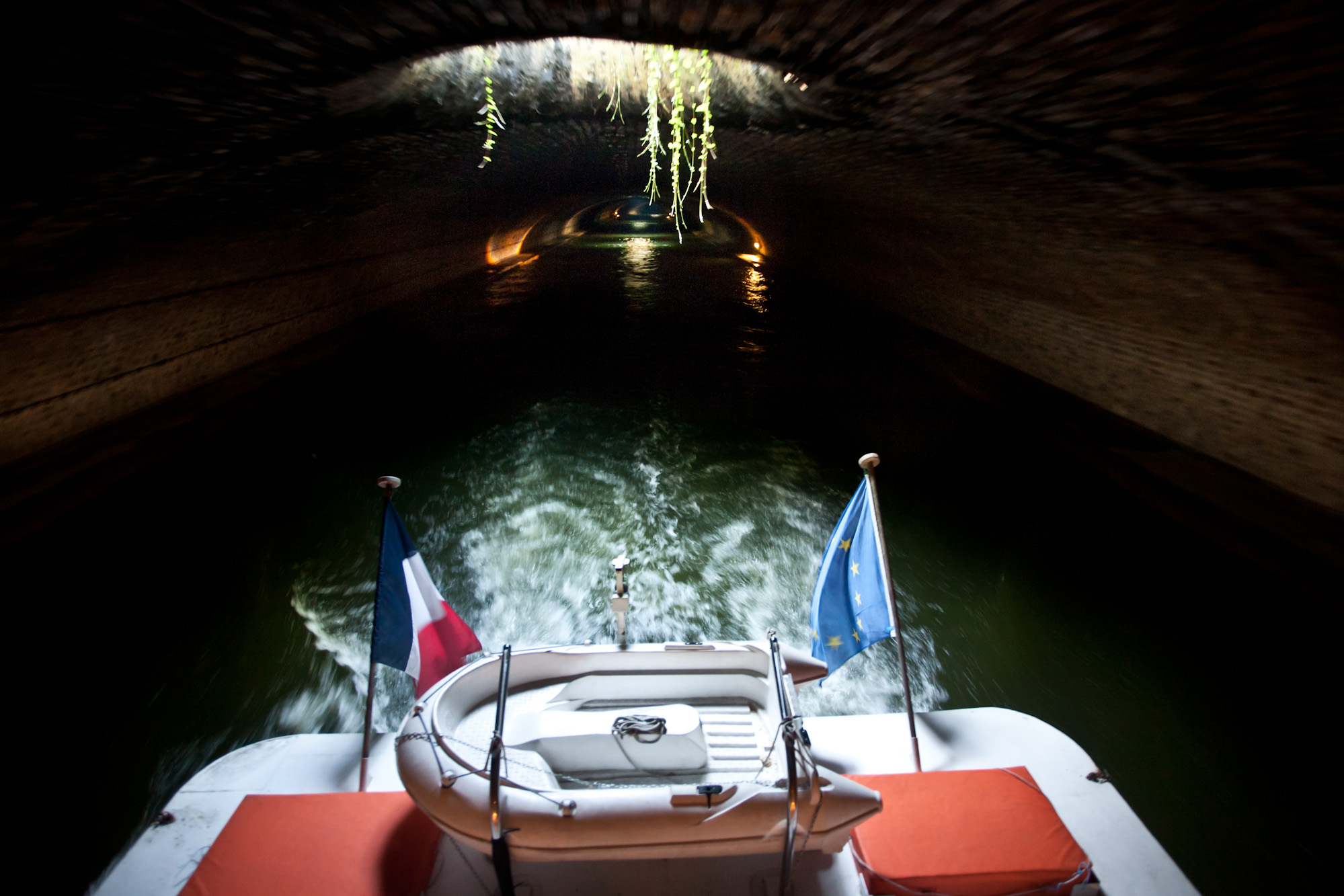
The Saint-Martin canal was constructed by Napoleon to provide Paris with drinking water. In 1862, part of the canal was diverted underground, following Hausmann’s renovation of Paris (Image: © Julien Faure for Orient Express Tripled by cafebabel.com)
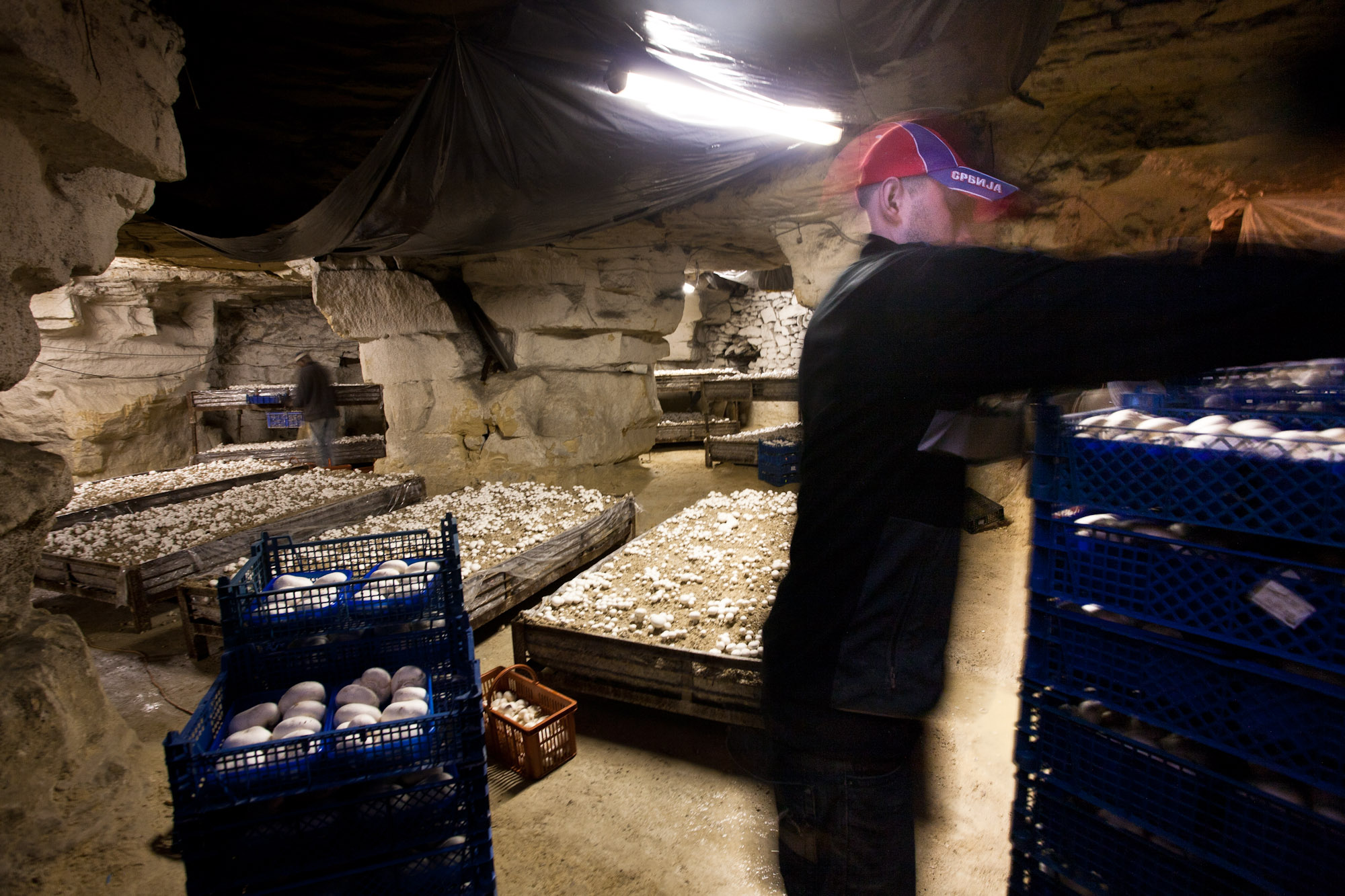
In Saint-Ouen-L'aumône, in an old stone quarry, the ‘champignonnière’ (mushroom farm) du Clos du Roi produces between 500kg and one ton of mushrooms each day (Image: © Julien Faure for Orient Express Tripled by cafebabel.com)

At Issy-les-Moulineaux, near Paris, thousands of bottles of wine are stored in an old chalk quarry (Image: © Julien Faure for Orient Express Tripled by cafebabel.com)
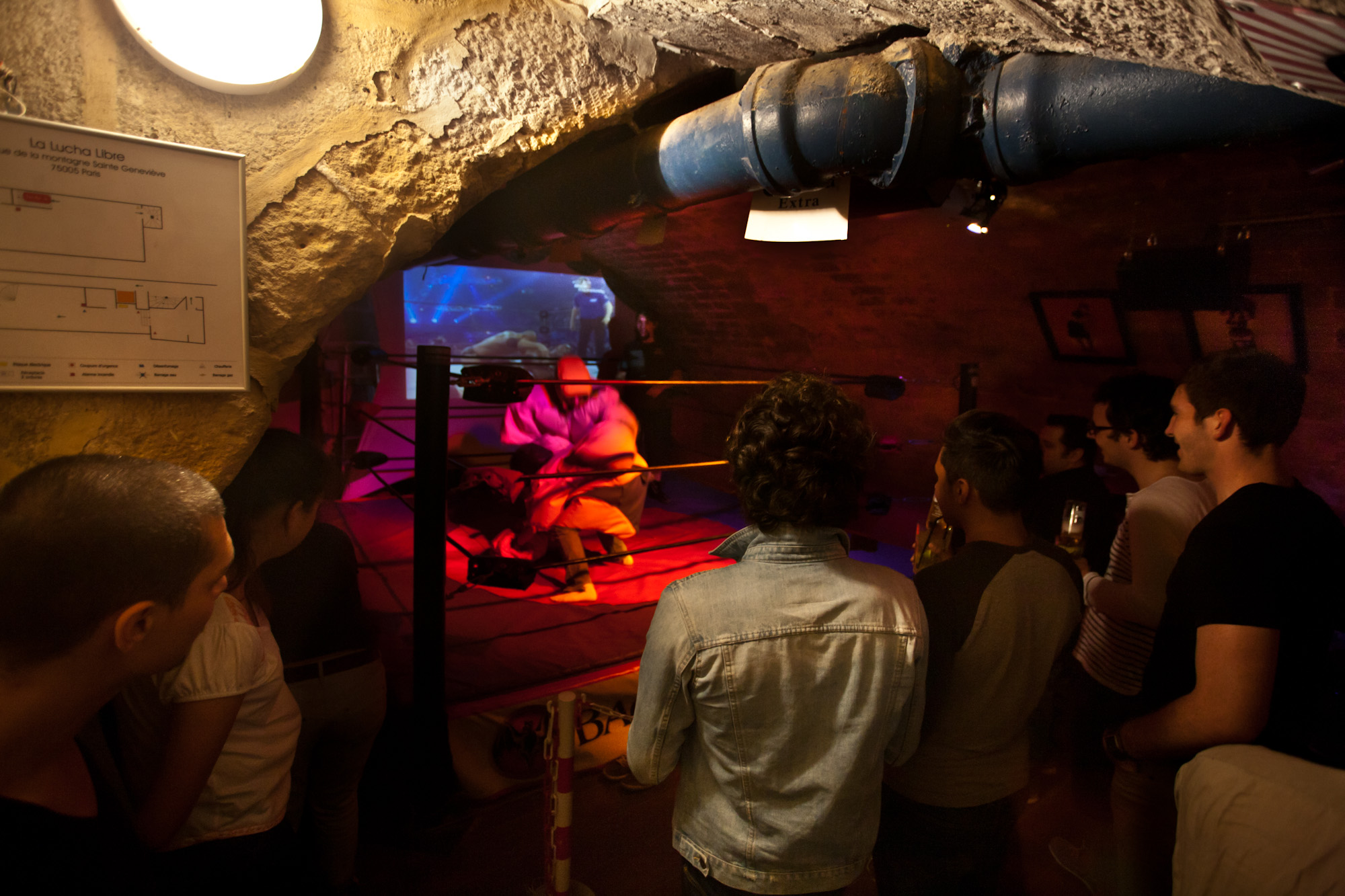
In the 5th arrondissement, La Lucha Libre organises Mexican wrestling matches, which attract professionals and amateurs alike (Image: © Julien Faure for Orient Express Tripled by cafebabel.com)
In partnership with the Paris-based Franco-German office for journalists (Ofaj), this article is a part of Orient Express Tripled, cafebabel.com’s ‘return journey’ series of articles with journalists resident in the Balkans, Turkey, France and Germany
Translated from Mystères et catacombes : le Paris souterrain



